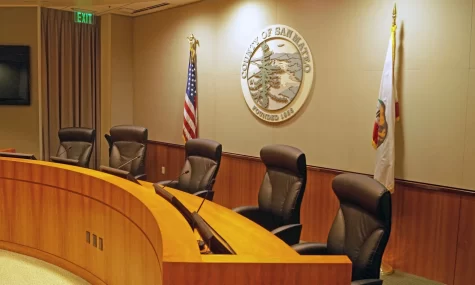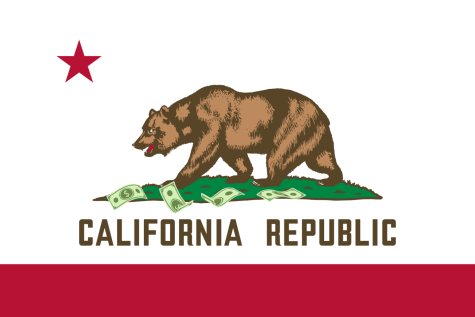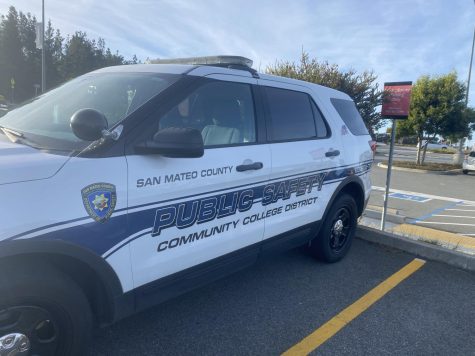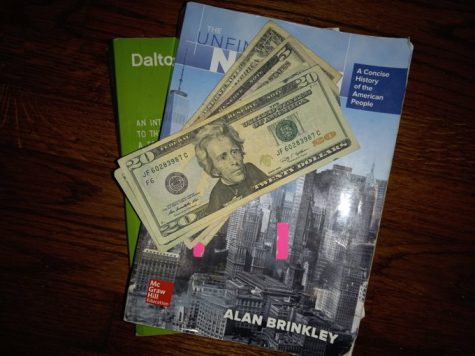Drought causes Bay Area water sources to diminish
The State Water Project (SWP), in an effort to conserve water for the year ahead, dropped water allocation to zero percent on Jan. 31 for the first time in it’s 54 year history, which means the project’s customers,most California counties, will not be receiving any water deliveries from the state’s reservoir if dry weather persists.
“The harsh weather leaves us little choice. If we are to have any hope of coping with continued dry weather and balancing multiple needs, we must act now to preserve what water remains in our reservoirs,” said Mark Cowin, the Department of Water Resources (DWR) director, in a news release Friday. “It is our duty to give State Water Project customers a realistic understanding of how much water they will receive from the Project. Simply put, there’s not enough water in the system right now for customers to expect any water this season from the project.”
Most areas served by the SWP have local reservoirs, groundwater and other independent sources of water and will not be drastically effected. However, the state health department released a list of 17 rural communities that are in danger of running out of water within 60-120 days,which included areas as nearby as Sonoma and Santa Cruz counties. Depending on snow survey results, agricultural districts in the Sacramento valley could have their water supply cut by up to 50 percent, the maximum permitted by contract. Water deliveries to the Sacramento valley haven’t been cut since 1992.
In a statement issued by Gov. Jerry Brown, he requested all Californians to voluntarily reduce their water usage by 20%. Some simple tips for saving water include only running washing machines or dishwashers with a full load, taking shorter showers (five minutes vs. 10 minutes), installing low-flow shower heads and aerators on bathroom faucets and turning off water when brushing teeth, washing hair and scrubbing dishes. Free conservation kits, which include high-efficiency shower heads and faucet aerators are available at https://www.calwater.com/conservation-kits/. Although they seem simple, these measures can save hundreds of gallons of water per person per year. If adopted by residents on a large enough scale, they could potentially enable us to handle our current water situation and prepare for future droughts.
Richard Hsu, Sustainability Coordinator at Skyline, encourages anyone interested in getting more involved in conservation efforts to attend the sustainability forum on Feb. 11 at 1 p.m. where a panel of students will have a presentation about a campus water efficiency project. It will also be an opportunity to share ideas and plan new projects relating to sustainability on campus.
Additionally, the State Water Board will hold a workshop on Feb. 18-19 to hear from the public regarding their thoughts on the order and what other actions could be taken.
Earlier in January, the governor issued a drought state of emergency, directing state officials to take any actions necessary to prepare for further drought conditions. State reservoirs are now lower then at this time in 1977, which had been a notoriously dry year. 2013 has been announced as the driest year on record and 2014 is predicted to possibly be the driest year in state history.
It’s important to note that all of these measures are in the name of conservation and preparation for what’s to come and we are not yet out of water. However, with lack of rain expected to continue, it’s necessary to think ahead and plan for the future. Technologies such as salt water desalinization are being researched and evaluated, but simply conserving the water we have appears to be the best option currently.












